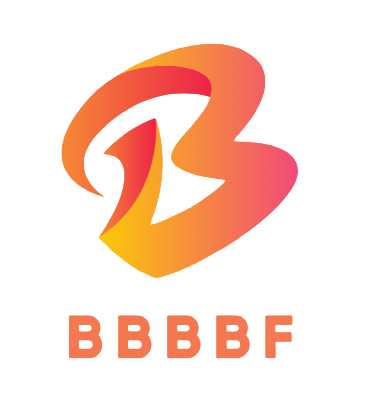Google uses a complex process to index websites and determine the relevance of keywords to provide the most accurate search results. Here’s a breakdown of how Google indexes and determines keywords:
1. Crawling
Objective: Discover new and updated web pages.
- Web Crawlers (Googlebots): Google uses automated software known as spiders or bots (specifically Googlebot) to browse the web systematically.
- Crawl Budget: Each website has a crawl budget, which is the number of pages Googlebot will crawl within a given timeframe. Factors affecting crawl budget include the website’s popularity, freshness, and the server’s response time.
- Discovery: Googlebot discovers pages through links from other websites, sitemaps submitted to Google Search Console, and URLs submitted directly to Google.
2. Indexing
Objective: Process and store the content found
during crawling.
- Content Analysis: Googlebot analyzes the content of each page, including text, images, and video files, to understand what the page is about.
- Parsing: The HTML code is parsed to identify key elements such as title tags, meta descriptions, headers (H1, H2, H3), and alt text for images.
- Storage: The analyzed data is stored in Google’s index, a massive database of discovered URLs and their content.
3. Understanding Keywords
Objective: Determine the relevance of keywords within the content.
- Keyword Extraction: Google identifies keywords based on their frequency, placement, and context within the content. It looks for keywords in prominent areas such as:
- Title Tags: Titles are a strong indicator of the page’s content.
- Meta Descriptions: Though not a direct ranking factor, they help understand the page’s focus.
- Headings (H1, H2, H3): These indicate the structure and main topics of the content.
- Body Content: Google analyzes the main body text to understand the depth and breadth of the topic.
- Alt Text: Used for images, providing context and keywords related to the visual content.
- URL Structure: Keywords in URLs can also provide context to the page’s content.
4. Semantic Analysis
Objective: Understand the context and meaning of keywords.
- Latent Semantic Indexing (LSI): Google uses LSI to understand the relationship between terms and concepts within the content. This helps in understanding synonyms and related terms.
- Natural Language Processing (NLP): Google’s BERT and other NLP models help it understand the context and nuances of the language used, improving its ability to match search queries with relevant content.
- Search Intent: Google tries to interpret the user’s intent behind a search query (informational, navigational, transactional, or commercial investigation) and ranks pages accordingly.
5. Ranking Factors
Objective: Determine the order in which pages appear in search results.
- Relevance: The content must be relevant to the user’s query.
- Quality: Google evaluates content quality based on expertise, authoritativeness, and trustworthiness (E-A-T).
- User Experience: Factors such as mobile-friendliness, page load speed, and secure connections (HTTPS) play a role.
- Engagement Metrics: User behavior signals such as click-through rate (CTR), bounce rate, and dwell time can impact rankings.
- Backlinks: The quantity and quality of backlinks pointing to a page indicate its authority and relevance.
6. Continuous Updates and Learning
Objective: Improve search results through ongoing updates and learning.
- Algorithm Updates: Google continuously updates its algorithms to improve search results. Major updates like Panda, Penguin, Hummingbird, and more recently, BERT and the Helpful Content update, have significantly impacted how keywords are evaluated.
- Machine Learning: Google uses machine learning to refine its understanding of search queries and content, ensuring it delivers the most relevant results.

Comments (0)